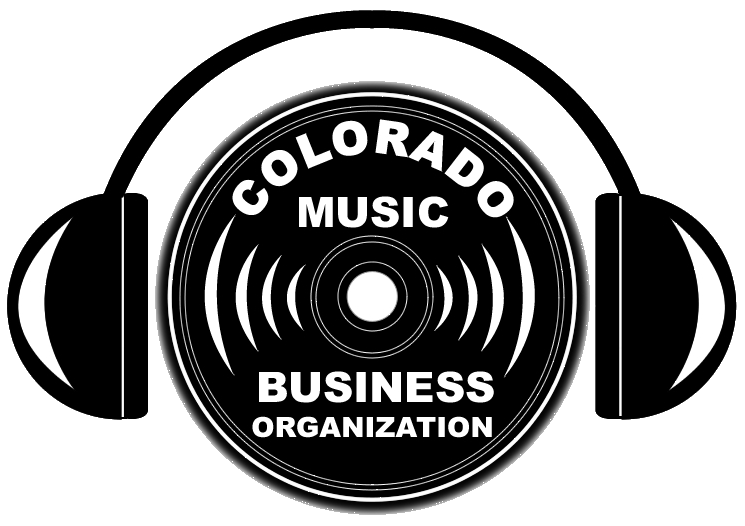Photo: Beautiful the Artist | By Katelyn Best, The Conversation | In April 2023, DJ Supalee hosted Supafest Reunion 2023 to celebrate entertainers and promoters within the U.S. Deaf community.
The event included performances by R&B artist and rapper Sho’Roc, female rapper Beautiful The Artist, the group Sunshine 2.0, DJs Key-Yo and Hear No Evil, as well as ASL performer and former rapper Polar Bear, who now goes by Red Menace.
Many of these artists, activists and entrepreneurs have contributed to an ever-growing hip-hop scene within the Deaf community, which includes a subgenre of rap known as dip hop.
As hip-hop reaches its 50th anniversary, five decades of its cultural impact reverberates in mainstream and underground settings. What originated in the Bronx can now be found all over the world, taking on new forms as it has evolved in a diversity of spaces and places, from trap music and horrorcore to spaza, a subgenre that emerged in Cape Town, South Africa.
Dip hop is one of many styles of rap that have developed over the years. But it stands apart from other subgenres of hip-hop because rappers lay down rhymes in sign languages and craft music informed by their cultural experiences within the Deaf community.
The birth of a musical movement
As an ethnomusicologist, I’ve followed the development of dip hop since 2011, documenting how rappers have pioneered this art form while introducing outsiders, like myself, to Deaf culture.
In 2005, the rapper Warren “Wawa” Snipe came up with the term “DIP HOP” in ASL and English to classify a developing style of rap music within the Deaf community.
While artists of this style identify their music in different ways – some use labels like “deaf rap,” “deaf hip-hop” and “sign rap” – the designation “dip hop” goes beyond adding a qualifier to the broader musical genre of rap. Instead, it signals an independent style grounded in both hip-hop and Deaf culture. Like bounce, trap and drill, the label “dip hop” makes a greater distinction from being a variation of rap to a style that is heavily situated within Deaf culture and determined by Deaf aesthetics.
In many ways, dip hop has followed a trajectory not unlike hip-hop.
> > > > > > > > >
Read the whole interesting article here:
https://theconversation.com/deaf-rappers-who-lay-down-rhymes-in-sign-languages-are-changing-what-it-means-for-music-to-be-heard-206825
Katelyn Best, Teaching Assistant Professor of Musicology, West Virginia University. Katelyn Best does not work for, consult, own shares in or receive funding from any company or organization that would benefit from this article, and has disclosed no relevant affiliations beyond their academic appointment
[Thanks to Alex Teitz for contributing this article! http://www.femmusic.com]
Photo: Beautiful the Artist at the Apollo Theater | https://www.facebook.com/beautifultheartist/

Home
Interesting BitsDeaf Rappers Who Lay Down Rhymes in Sign Languages are Changing What It Means for Music to be Heard
